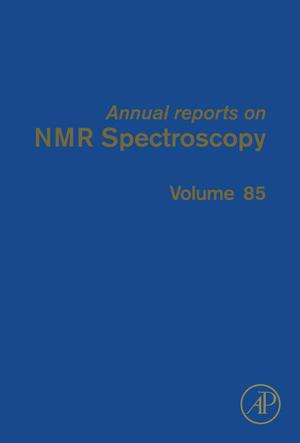Contributions to Sensory Physiology
Volume 5
Nonfiction, Social & Cultural Studies, Social Science, Anthropology| Author: | ISBN: | 9781483191584 | |
| Publisher: | Elsevier Science | Publication: | October 22, 2013 |
| Imprint: | Academic Press | Language: | English |
| Author: | |
| ISBN: | 9781483191584 |
| Publisher: | Elsevier Science |
| Publication: | October 22, 2013 |
| Imprint: | Academic Press |
| Language: | English |
Contributions to Sensory Physiology: Volume 5 presents a theory about the physiological basis of sensation. It discusses some research made in microscopic anatomy and psychophysics. It addresses the functional significance and physiological mechanisms of the sensory systems.
Some of the topics covered in the book are the simple cells of the striate cortex; the concept of a receptive field; definition of a unimodal simple cell; inhibitory components in the receptive field; stimulus contrast and mean level of luminance; specificity of inhibitory zones; and experimental procedures for recording average response histogram. The relation and possible importance of taste bud cells are covered. The comparison of foliate, vallate, and fungiform buds are discussed. The text describes the nature of taste receptor sites. A study of the location of receptor sites on taste cells is presented. A chapter is devoted to the mechanochemical model of taste excitation. Another section focuses on the proposals for molecular specificity.
The book can provide useful information to scientists, doctors, students, and researchers.
Contributions to Sensory Physiology: Volume 5 presents a theory about the physiological basis of sensation. It discusses some research made in microscopic anatomy and psychophysics. It addresses the functional significance and physiological mechanisms of the sensory systems.
Some of the topics covered in the book are the simple cells of the striate cortex; the concept of a receptive field; definition of a unimodal simple cell; inhibitory components in the receptive field; stimulus contrast and mean level of luminance; specificity of inhibitory zones; and experimental procedures for recording average response histogram. The relation and possible importance of taste bud cells are covered. The comparison of foliate, vallate, and fungiform buds are discussed. The text describes the nature of taste receptor sites. A study of the location of receptor sites on taste cells is presented. A chapter is devoted to the mechanochemical model of taste excitation. Another section focuses on the proposals for molecular specificity.
The book can provide useful information to scientists, doctors, students, and researchers.















